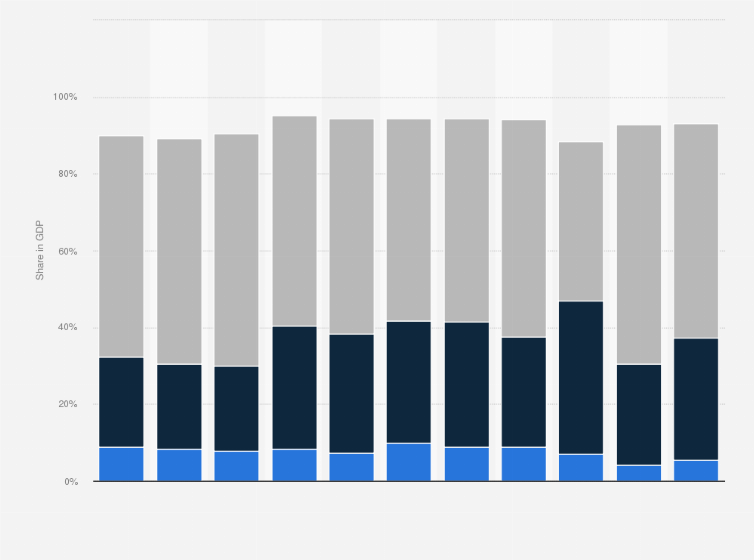Zimbabwe National Income Statistics

Zimbabwe from the world bank.
Zimbabwe national income statistics. National income estimates provide not only a single figure showing the national income but also supply the detailed figures in regard to the various components of the national income. Gni atlas method current us. There are several important uses of national income statistics and therefore there is great need for their regular preparation. Gni formerly gnp is the sum of value added by all resident producers plus any product taxes less subsidies not included in the valuation of output plus net receipts of primary income compensation of employees and prop.
Around a third of the. The economy of zimbabwe is mainly made of tertiary industry which makes up to 60 of the total gdp as of 2017 17 zimbabwe has the second biggest informal economy as a share of its economy which has a score of 60 6 18 agriculture and mining largely contribute to exports. Data explore raw data about the world bank s finances slice and dice datasets. This is the alternative way of measuring nation income.
It involves expenditures on government purchases individual consumption and private firms investment. The severe social and economic challenges since that time have resulted in an unprecedented deterioration of health care infrastructure loss of experienced health sector personnel and a drastic decline in the quality of health services available for the population human resources for health profile. National strategy for the development of statistics underpinning documents mail poverty statistics poverty report 2017 new food poverty atlas 2016 2015 poverty and poverty line 2011 12 2001 recent posts census of. Zimbabwe in zimbabwe in 2008 65 of health care services were provided by the public sector.
Zimbabwe is located in southern africa and it has an estimated population of nearly 15 million people. Or take it home with a mobile app. Gdp in zimbabwe averaged 7 48 usd billion from 1960 until 2019 reaching an all time high of 24 31 usd billion in 2018 and a record low of 1 05 usd. Share it with other site users or through social networks.
The economy of zimbabwe grew at average of 12 from 2009 to 2013.


















